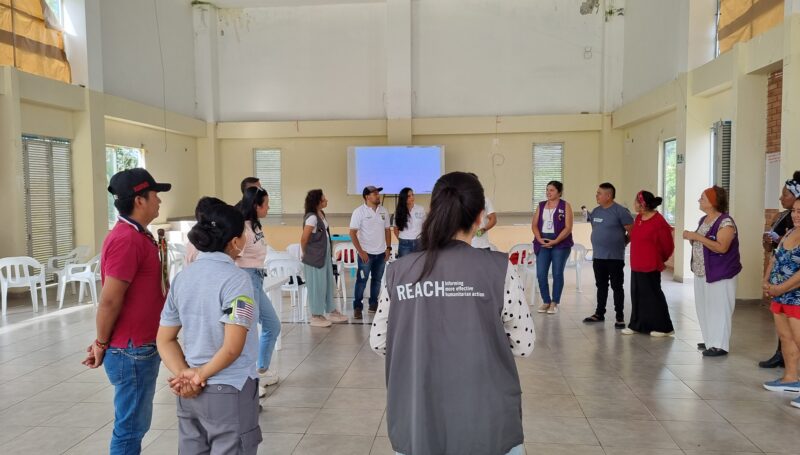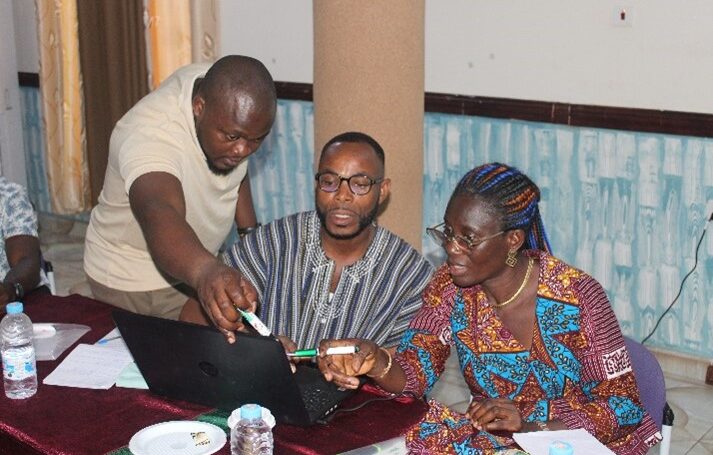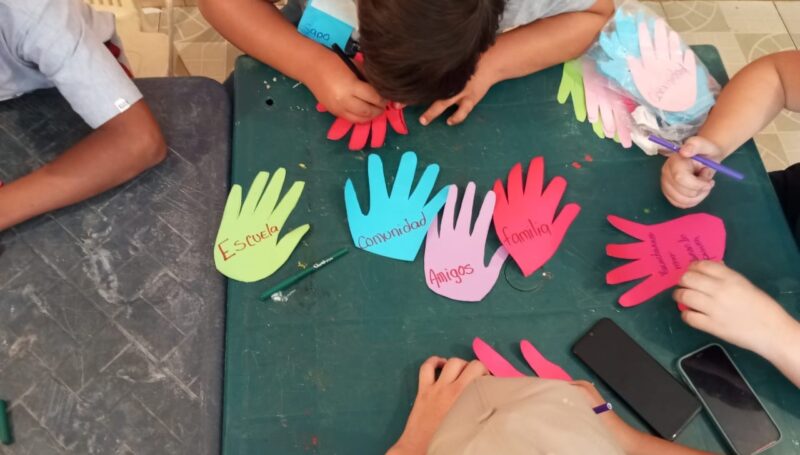Somalia is grappling with extreme climate conditions that have severely impacted communities across the country. IMPACT’s latest report via its initiative REACH, provides an in-depth look at how these climate events are affecting livelihoods, particularly in the aftermath of the 2023 floods.
Extreme Weather Patterns and Their Impact
Over three years between 2020 – 2022, Somalia experienced five consecutive failed rainy seasons, leading to severe drought conditions. During this period, over 80% of rural households reported reduced access to water and food, and livestock losses exceeded 50% in some regions. The situation dramatically shifted in 2023, with heavy rains leading to devastating floods. Over 700,000 people were affected, with key districts like Luuq, Baardheere, and Belet Weyne experiencing the worst impacts. The floods displaced over 250,000 people in Belet Weyne alone and destroyed vital infrastructure, including roads, bridges, and water systems.
Ongoing Challenges
The report highlights that despite the return of rains, the prolonged impacts of drought continue to affect pastoral and agropastoral communities. Livestock health remains poor, and crop yields are still recovering from years of insufficient rainfall. The transition from drought to floods has exacerbated food insecurity, with 65% of affected households reporting reduced access to food.
Regional Focus
- Luuq: Experienced a 142% increase in annual rainfall in 2023, resulting in widespread flooding. Over 100,000 people were affected, and agricultural losses were significant, particularly in areas near the Juba River.
- Baardheere: With an annual rainfall 130% higher than the long-term average, Baardheere faced severe flooding that cut off more than 14,000 families from essential supplies.
- Belet Wane: The average annual rainfall is approximately 250mm. During the Gu season in 2023, rainfall was below average. However, despite this lower-than-average rainfall, MSNA data indicated that 38% of the assessed households in the district were affected by flooding during the Gu season.
Looking Ahead
The July 2024 report highlights the severe challenges Somali communities face as they endure extreme climate shifts from prolonged drought to devastating floods. Regions like Luuq, Baardheere, and Belet Weyne have been particularly affected, with significant displacement and damage to livelihoods. These findings underscore the ongoing struggle for stability in the face of increasingly volatile weather patterns.
For a detailed analysis, read the full report here.









